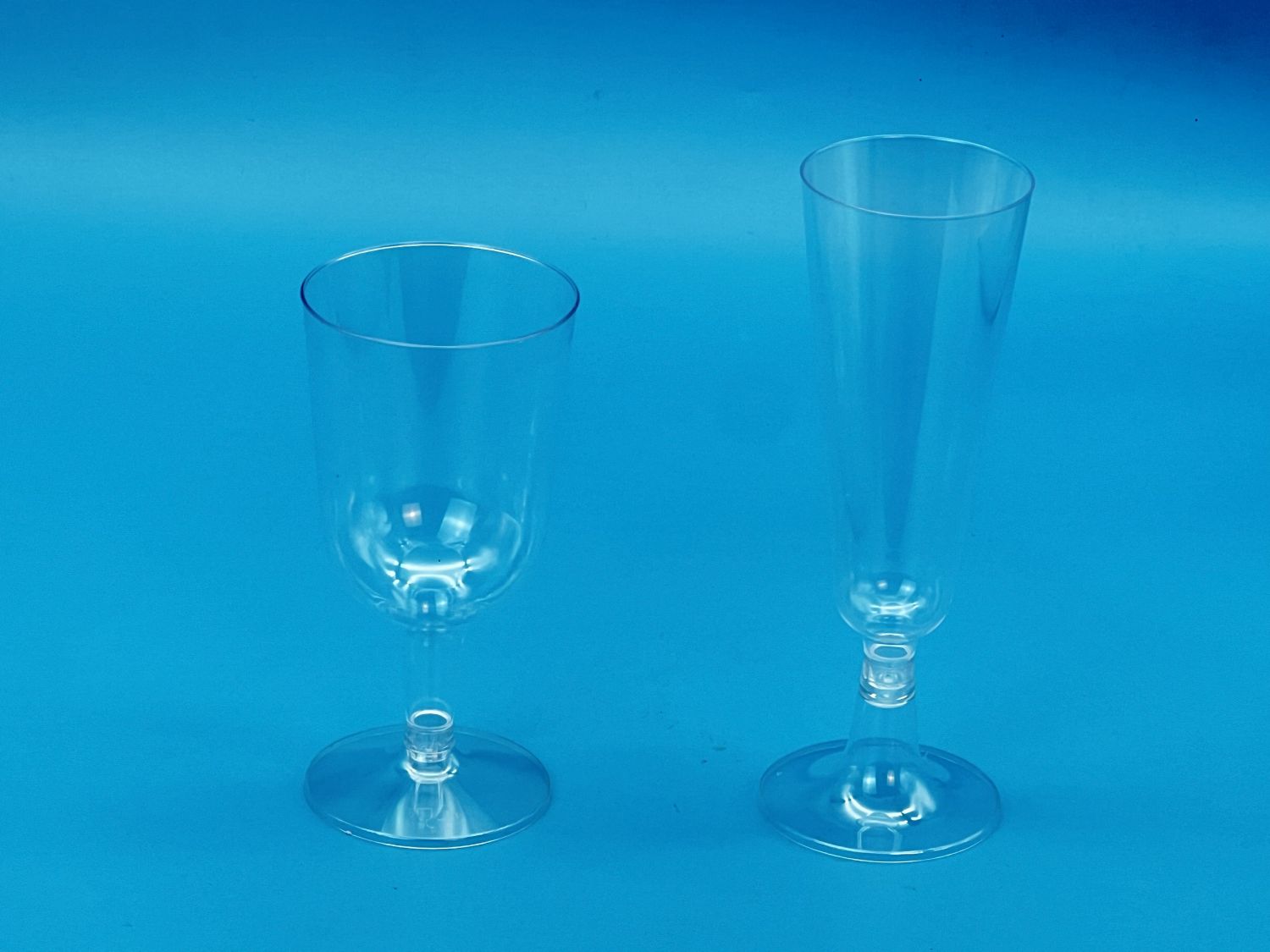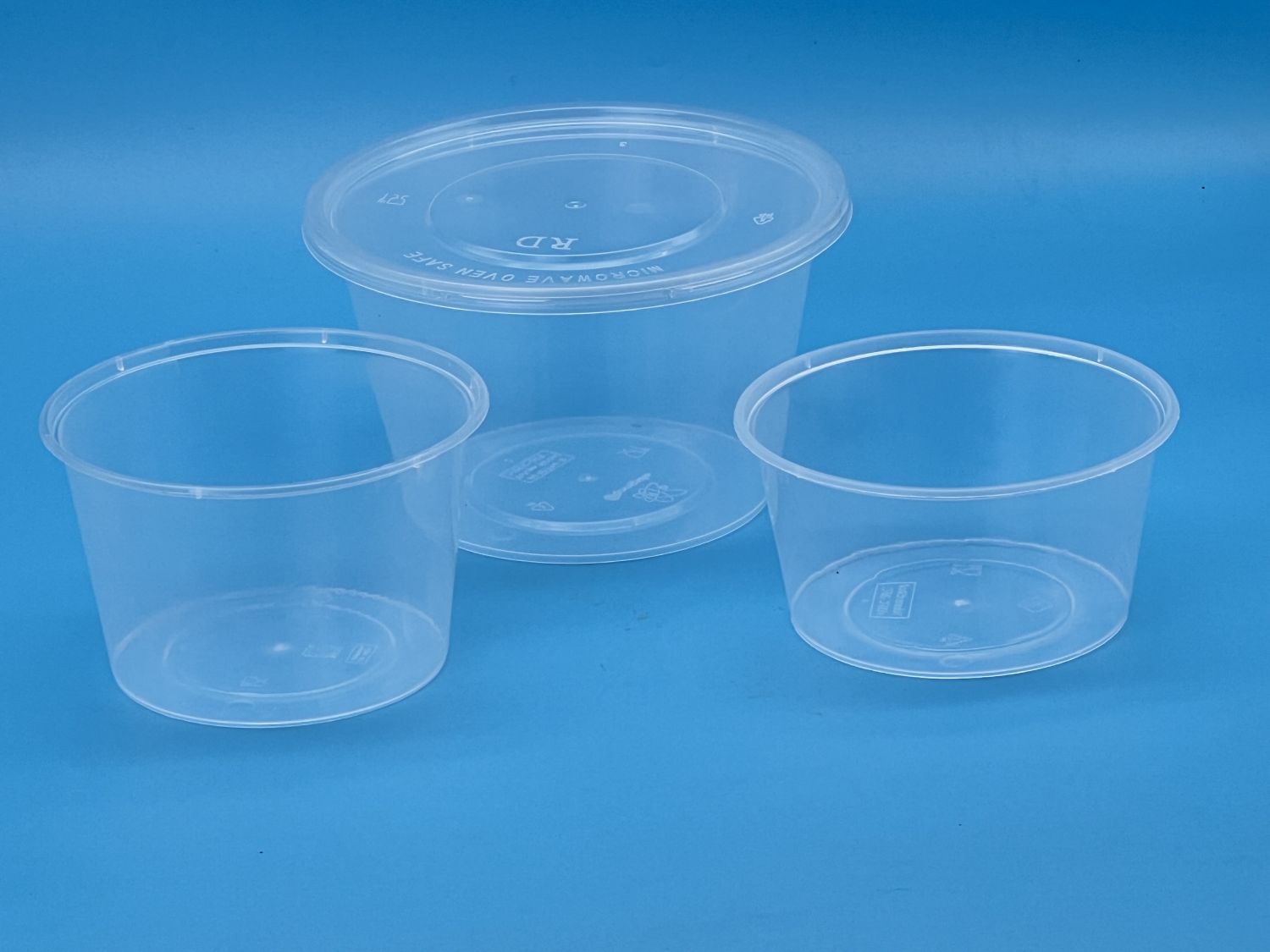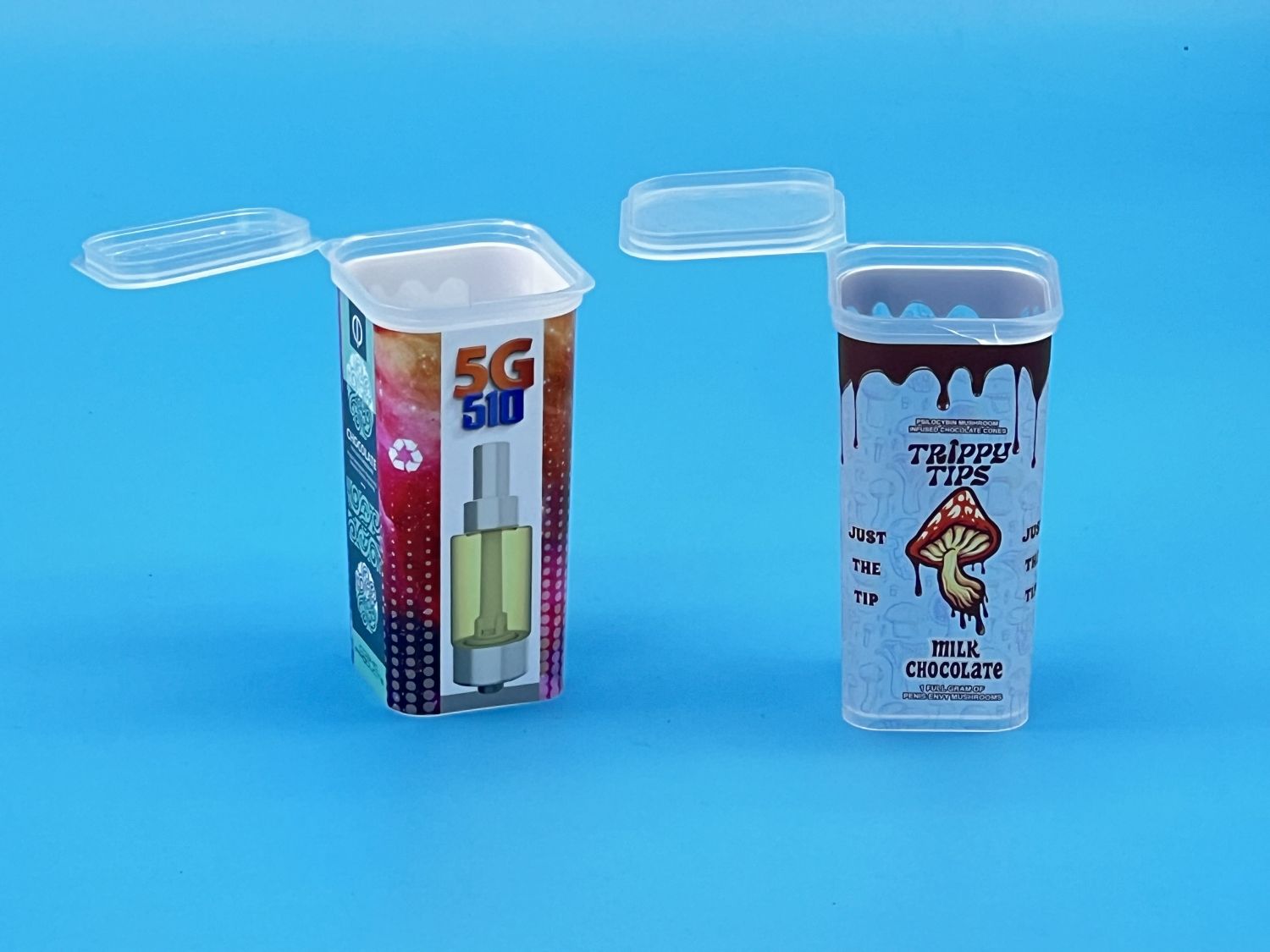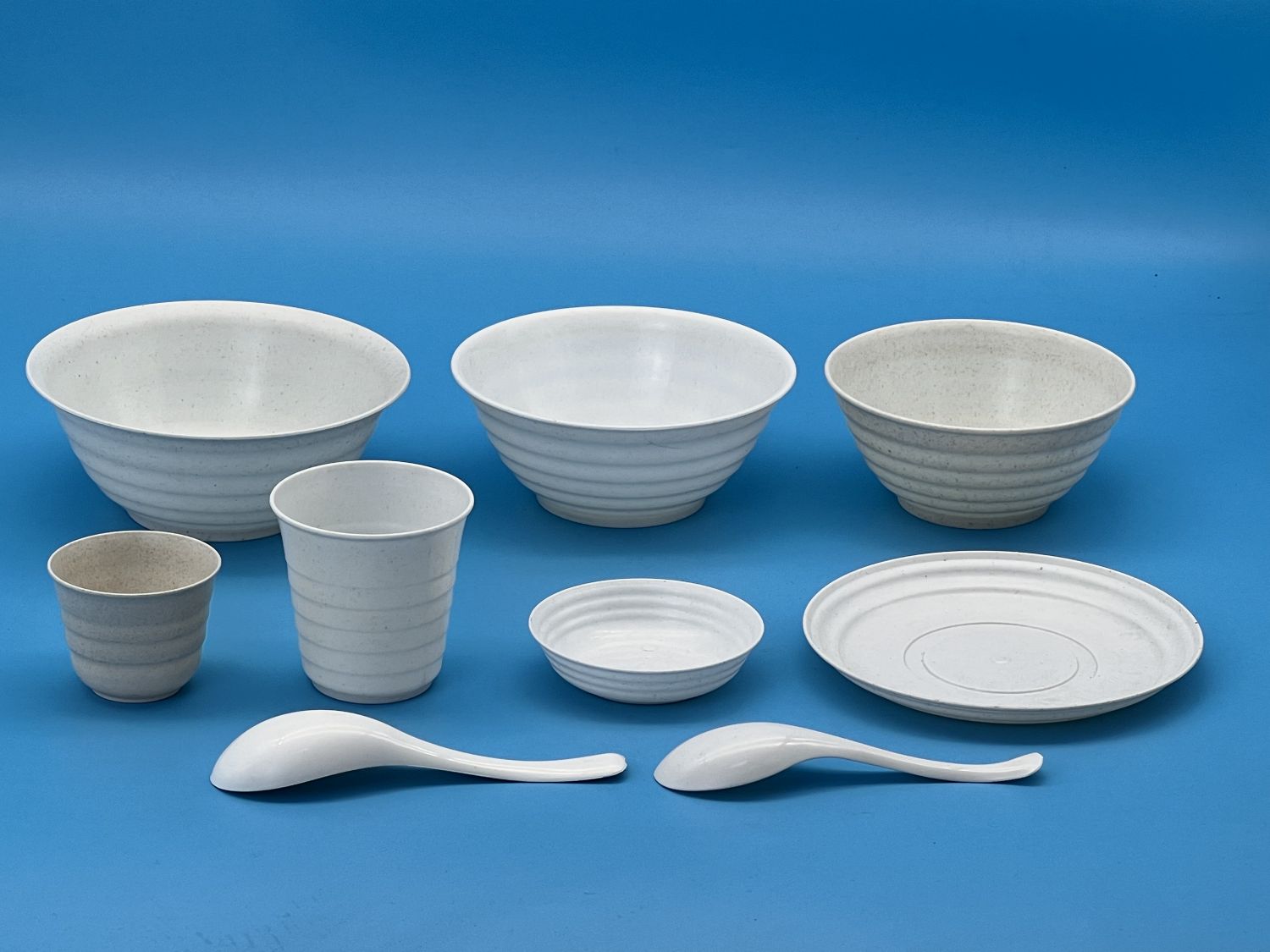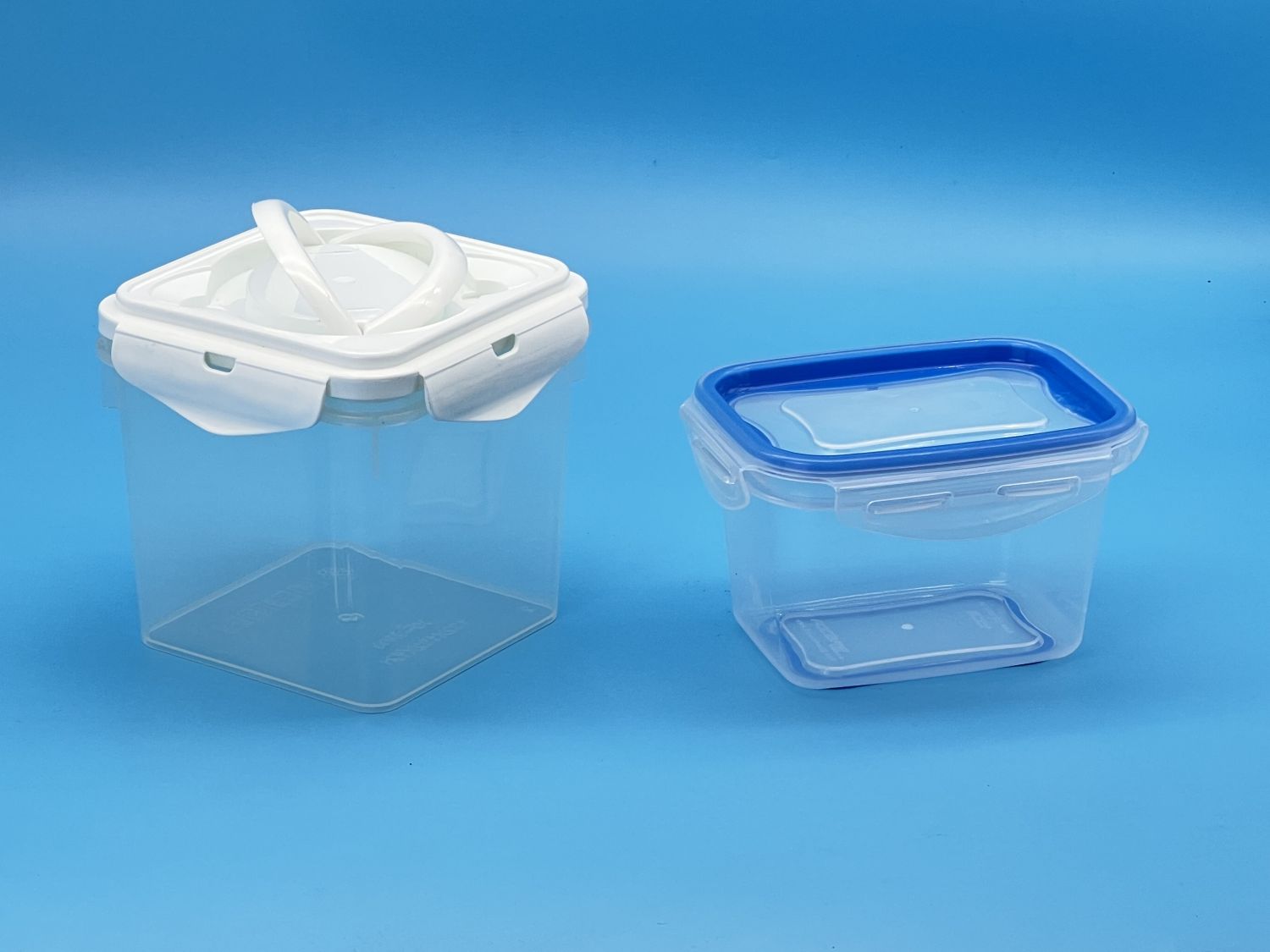
How to Choose the Right Plastic Mold Material for Your Packaging Design?
2025-11-06
In our previous blogs, we’ve discussed different mold materials — from PP Plastic Mold to PS Plastic Mold, from stylish IML Mold to eco-friendly Rice Husk Mold. Each of them has its own strengths, but here’s the real question most manufacturers face:
👉 How do you choose the right mold material for your packaging design?
Well, don’t worry — let’s break it down step by step.
1. Start with the Purpose of Your Packaging
Before you even think about the mold, ask yourself — what is the product’s purpose?
For example:
-
Are you designing transparent drink cups like champagne flutes?
-
Or durable food containers that need heat resistance?
-
Maybe sustainable eco packaging that appeals to green-conscious customers?
The intended use determines everything — from mold material selection to production temperature and cooling system design.
So yeah, knowing your product goal is half the job done.
2. Understanding the Most Common Mold Materials
PP (Polypropylene) Plastic Mold
Ideal for food storage containers and microwave-safe packaging.
-
Heat resistance up to 120°C
-
Non-toxic and food-safe
-
Great flexibility and toughness
If your packaging needs to handle heat or impact, PP molds are your go-to option.
PS (Polystyrene) Plastic Mold
Perfect for clear, disposable tableware such as champagne flutes or dessert cups.
-
Crystal-like transparency
-
Lightweight and rigid
-
Cost-effective for large-scale production
However, PS is better suited for cold beverages rather than hot applications.
IML (In-Mold Labeling) Mold
Combines molding and labeling in one step — ideal for brands that care about design.
-
Full-color label integration
-
High hygiene (no adhesive)
-
Resistant to moisture and fading
It’s the mold for those who want both functionality and branding.
Rice Husk Mold
The new eco-friendly player in the packaging world.
-
Made from agricultural waste
-
Biodegradable and safe
-
Natural matte texture and appearance
If you read our last blog, you’ll remember how Rice Husk Molds are revolutionizing sustainable packaging — turning waste into beauty.
3. Key Factors to Consider When Choosing a Mold
To find the “perfect match,” consider:
-
Temperature resistance: Will the container hold hot or cold contents?
-
Transparency: Do you want a clear or opaque look?
-
Durability: Should it be reusable or single-use?
-
Environmental impact: Do your customers care about sustainability?
-
Budget: PS is cheaper, while IML and rice husk options are more premium.
Choosing wisely saves cost and improves production efficiency — a win-win situation.
4. The Role of Mold Design in Final Quality
No matter which material you pick, the mold quality itself is what truly determines your product’s look and performance.
A professional mold manufacturer ensures:
-
Uniform wall thickness
-
Precise cavity alignment
-
Smooth surface finish
-
Long service life
This is exactly what we focus on at Baolin Mould — offering one-stop mold solutions for PP, PS, IML, and Rice Husk materials, ensuring your packaging performs beautifully every single time.
5. Building a Smarter Packaging Strategy
Modern packaging isn’t just about cost — it’s about branding, safety, and sustainability.
That’s why many clients who start with PP or PS molds eventually explore IML for premium branding or Rice Husk for eco impact.
If you’ve read our earlier blogs, you’ll see how these options connect:
-
PS Mold: for beauty and clarity
-
PP Mold: for strength and heat resistance
-
IML Mold: for design and branding
-
Rice Husk Mold: for sustainability
By combining this knowledge, you can make informed decisions for your next packaging line.
Choosing the right mold material isn’t just a technical decision — it’s a strategic one.
It defines how your brand is perceived, how your packaging performs, and even how sustainable your business becomes.
And remember — if you ever feel stuck between choices, consult an experienced China mold manufacturer like Baolin Mould, where innovation meets reliability.

